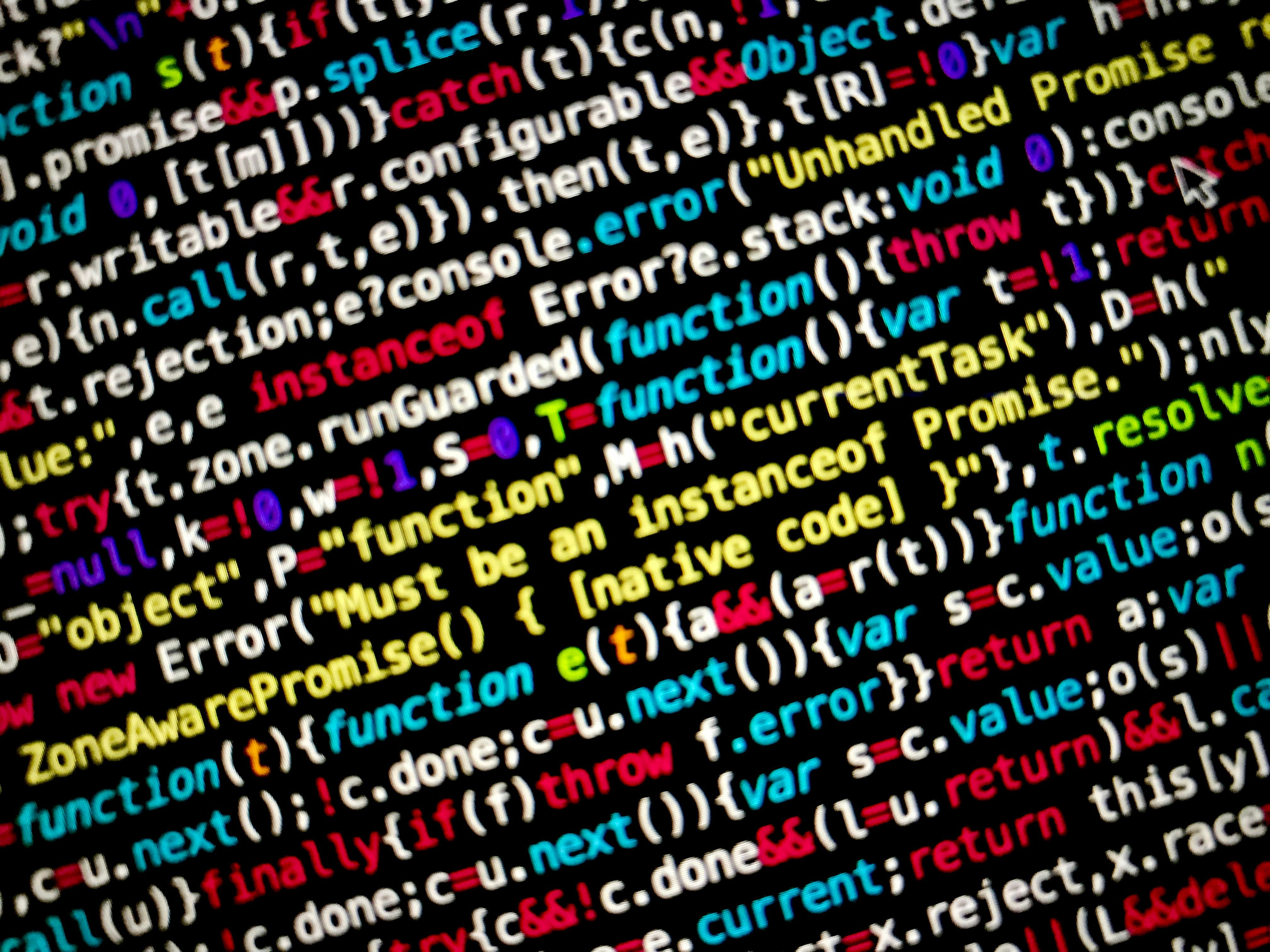Budget Filler: Financial Penalties To Be Implemented
New and Improved: Traffic Fines Bringing Big Bucks to the Government
Here's a bite-sized update on the transportation scene in Russia. The government is expected to collect an astounding 52.8 billion rubles from traffic fines, that's eight times more than initially planned, according to the Ministry of Finance. As reported by "Vedomosti", this staggering revenue increase comes from a draft law on amendments to the budget for the current financial year.
So, what changed? Well, our buddy Petr Shkumatov, head of the People's Front "Protection of Motorists' Rights" working group, sheds some light on the situation. He explains that since January 1, the distribution of funds collected from drivers has switched from a 100% regional budget share to a 25:75 ratio between regional and federal budgets.
This shift in revenue allocation allows the Ministry of Finance to make forecasts based on the increased volume of contributions. And funny enough, the amped-up fines and shrunken discounts mean even more cash is rolling in due to the expansion of the violation-snapping camera network.
Now, you might think this would mean a massive spike in appealed fines. Well, not so fast! Authentic attorney, Ilya Afanasyev, spills the beans: drivers only challenge decisions when the fines are either unjustifiably high or involve license revocation.
A curious fact is that penalties for seatbelt offenses, often occurring due to camera glitches related to dark clothing and invisible white seatbelts, are frequently challenged and often result in fair resolutions. But, here's the catch—lawyer costs often outweigh the fines, discouraging drivers from challenging less severe incidents.
So, how has the State Traffic Inspectorate been faring? Well, in 2024, the total amount of traffic fines reached a whopping 176 billion rubles, with over 255 million decisions being handed down, the majority automated through those trusty cameras.
Calling all Speed Demons - Stay Tuned on "Ъ FM" Telegram Channel!
Sidenote: The new traffic fine structure, set to kick in on May 1, 2025, seems to be just one piece in a bigger puzzle of legal and economic changes happening across Russia. However, the specifics on how this altered revenue distribution impacts both federal and regional budgets remain a mystery for now. For more updates, keep your eyes peeled on the "Ъ FM" Telegram channel!
By Yulia Savina
Budget Tips 101:
- The Budget Code: This is the skinny on budgetary management and revenue allocation in Russia, providing the framework for distributing traffic fines between federal and regional budgets.
- Changes in Traffic Fines: Increasing fines means increased revenue, but how that's divided between federal and regional budgets is up to amendments in the Budget Code.
- Legislation: Updates to the Budget Code involve legislative processes, ensuring the distribution of revenue aligns with national policies and regional needs.
- Clearing the Air: Russia's budgetary changes are taking place in the midst of economic sanctions and oil/gas revenue fluctuations, potentially shaping how fines revenue is viewed and allocated.
Source: Various references are available for a deeper dive into these topics. Check out [1], [3], and [5] for more info!
- In light of the significant revenue generated from traffic fines, the automotive industry and associated businesses might see increased investment opportunities, as the influx of funds could potentially stimulate economic growth in Russia.
- Amendments to the budget code are essential to understanding the distribution of traffic fines, as changes in fines structure and revenue allocation could impact both the federal and regional finance sectors.
- Trends in the transportation sector, such as the expansion of camera networks for catching violations and the adjustment of fine distribution, could have far-reaching effects on various industries, particularly transportation, finance, and even legal services.






